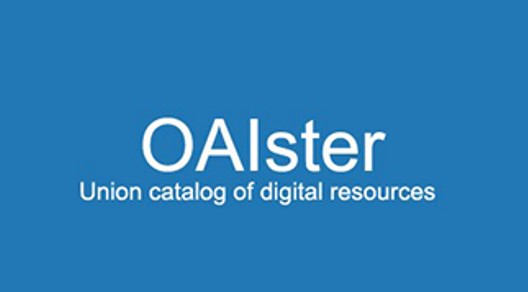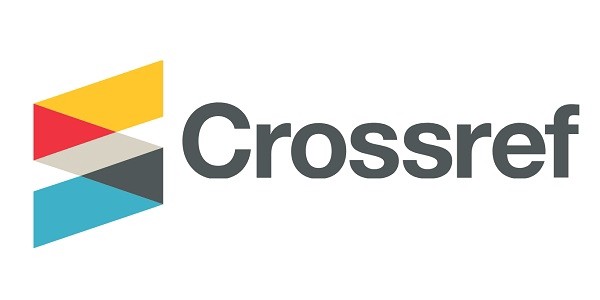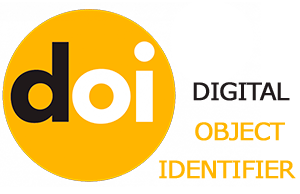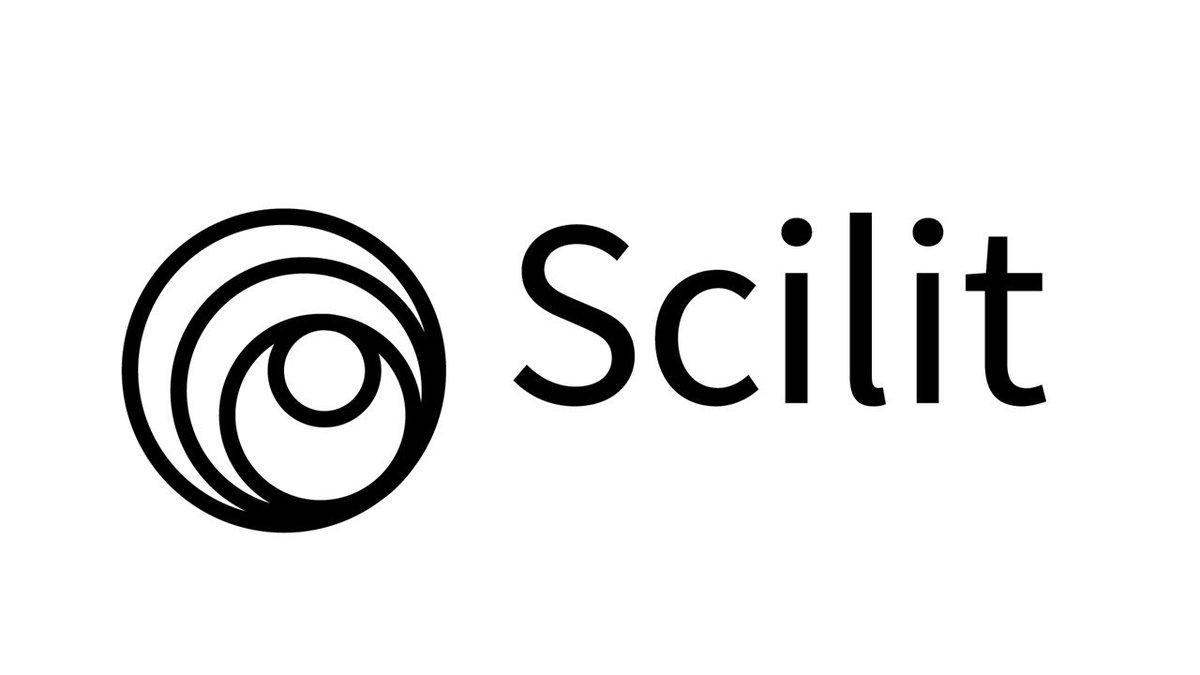Factors driving acceptance of hybrid mode and students' perceptions of ICT use in higher education with restricted access: the case of ISCAE
DOI:
https://doi.org/10.5281/zenodo.7455025Keywords:
Blended learning (hybrid), higher education at restricted access, technology, perception.Abstract
The context of the COVID pandemic imposed the use of technologies and teaching platforms as well as the blended learning in order to continue teaching students regardless of their level. While some institutions have adopted it and have given themselves the means to implement it as a pedagogical device, others have only used it during the crisis following ministerial directives and instructions. This hybrid mode of teaching now encounters enormous difficulties and shortcomings in its implementation in technical and pedagogical terms, so we can legitimately wonder about the reasons that encourage the acceptance of this hybrid mode as a teaching method, particularly for the category of students in higher education.
The objective of this work is to understand the perception of students regarding the use of ICT in the learning process as well as the factors that encourage the acceptance of the hybrid mode in the initial education by students of higher education with restricted access, ISCAE in this case.
Downloads
Published
How to Cite
Issue
Section
License

This work is licensed under a Creative Commons Attribution-NonCommercial-NoDerivatives 4.0 International License.





























